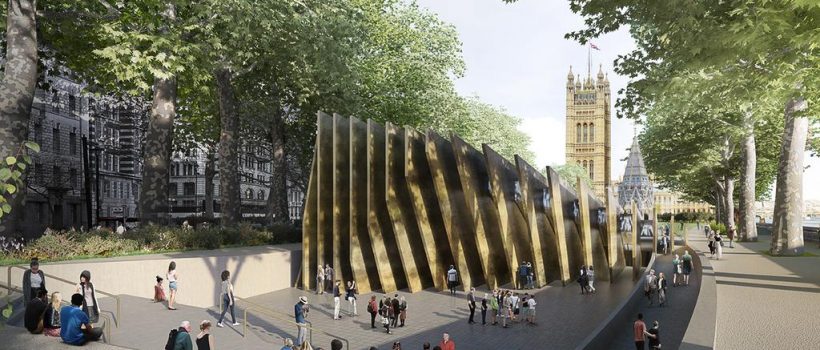Chief Rabbi: A new Holocaust memorial will pay tribute to our proud role in rescuing 10,000 children.

The following article was published by The Sunday Telegraph on 2 December 2018.
Eighty years ago today, 200 children watched from the deck of a boat as the coastline of England came slowly into view. The children had lived together in a Jewish orphanage in Berlin, a home that had been savagely destroyed just a few weeks earlier during Kristallnacht, an evening of brutality against the Jewish communities of Germany and Nazi‑occupied Europe.
It is unlikely that the boys and girls who found their lives ripped apart by this violence ever foresaw that, less than a month later, they would begin a journey that would take them through Germany, Holland, Belgium and across the North Sea to England. It would have been even more difficult to imagine that these children would be the first of almost 10,000 to leave their homes, families and communities behind.
Or that, despite the insistence of the British authorities at the time that this movement of child refugees would be strictly temporary, the boys and girls now known as “Kinder” would go on to build new lives, create new families of their own and grow old in Britain.
The Kindertransport was the most coordinated of British efforts to address the refugee crisis in Europe in the late Thirties – a consequence of the ever-escalating Nazi persecution of the Jewish people, our institutions, livelihoods and culture.
It was a moment of great national pride and should be remembered as such. It was a time when British individuals acted quickly to protect vulnerable children against the tide of anti‑Semitism that reached a terrible nadir in the violence of Kristallnacht. But it is also important to remember that Kindertransport was a rescue effort that was achieved with little support from the government of the time, and a public that were concerned about the impact of migration on already high levels of unemployment.
Kindertransport was led by Jewish charities, most notably World Jewish Relief, then known as the Central British Fund for German Jewry. This was set up in 1933 in direct response to the deterioration in conditions for European Jewish communities, which were obvious from the early days of the Nazi rise to power.
The government of the day agreed that children could be brought here on the condition that no public funds were used to support them and that their stay would be strictly temporary. While we need to understand that these decisions were made in the context of a difficult economic climate and arguably, when the British government was taking any action necessary to avoid the outbreak of war, it is essential to ask in hindsight: what more could have been done to help Jewish communities when it was clear they had few other options?
I say essential not because there is any value in focusing on what more could have been done at a difficult time for Britain, but because we may one day be asking ourselves a similar question about contemporary refugee crises and their victims. This is not to question the actions of the past, but those of the future.
That is why I am so encouraged by the progress made to establish a Holocaust Memorial, which is proposed for Victoria Tower Gardens, next to Parliament. As will be detailed in the coming week, the memorial will focus on the impact of Britain in the Holocaust. It will rightly celebrate the moments when we acted to protect and rescue Jewish people from persecution and murder; but equally, it will take an unblinking look at our history to understand the complex dilemmas facing our government and society at the time. This will inevitably help us in confronting the challenges of the future.
It is more important than ever to remind ourselves of the responsibilities of our democratic institutions in standing up for our values, and it is vital that we create new generations of engaged citizens that can hold decision makers to account for decades to come. By placing the new Holocaust Memorial next to Parliament, we are making our commitment real, concrete and unforgettable – just a stone’s throw from where debates about the Kindertransport were held.
The design itself is impactful without being brusque and fits respectfully into its garden surroundings. When the visitor walks across the expanse of green space, passing other memorials to the struggle for social justice, the sight of its bronze fins, emerging in full view of Parliament’s Victoria Tower, will carry great meaning. The memorial will be combined with a learning centre, to allow people to reflect upon the connection between democracy and the fight against prejudice.
I am immensely proud that we are delivering such a space for remembrance and education at the very heart of our national life. We owe this memorial to the survivors who found a home in Britain after the war and to those families lost and communities torn apart in the wake of the devastation of the Shoah. And we owe it to those 200 children who came ashore on a winter’s morning 80 years ago to build a memorial that is emblematic of this country’s commitment to fight against those who would tear us apart.

